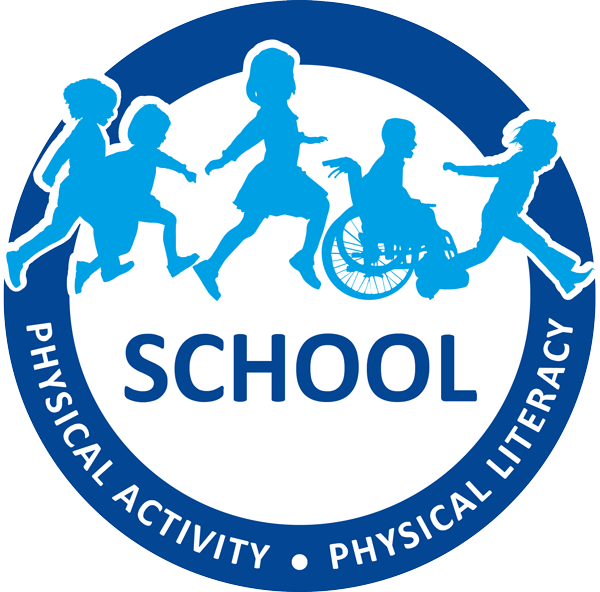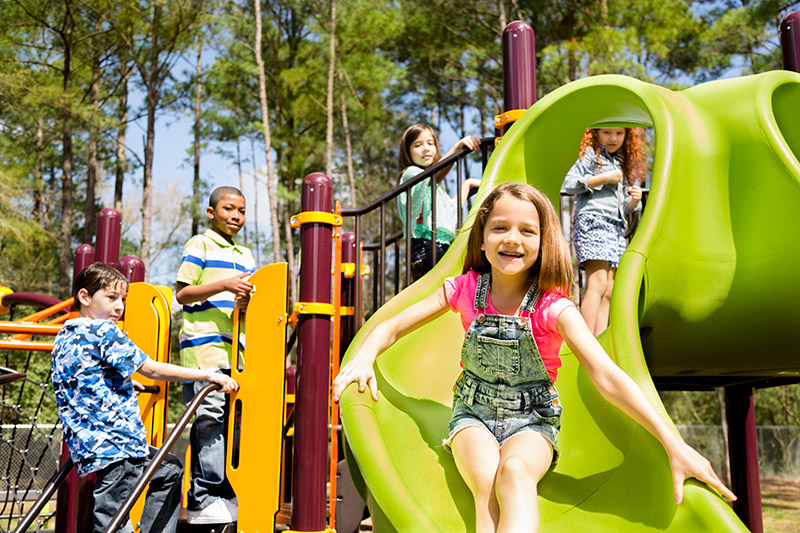Do your students have trouble sitting still?
Research has repeatedly shown that sitting for extended periods is not only detrimental to students’ health, it can also lead to misbehaviour and inability to focus. That’s why educators are increasingly exploring ways to get kids up and moving during the school day.
A study completed by Tan Leng Goh in 2017 observed classrooms in the United States and examined the effects of an initiative called Take 10, in which students were encouraged to take small movement breaks throughout the day. Using pedometers, it followed 137 third to fifth-graders from one ethnically diverse elementary school.
“In this study, we demonstrated that by incorporating on average one classroom physical activity per day, students were able to accumulate more than 800 daily in-school step counts. In addition, we found that students’ on-task behaviour improved after they participated,” the report reads.
Six benefits of regular movement breaks during the day are:
- Less acting out and challenging behaviour
- Increased focus/attention span
- Improved academic performance
- Improved mental health
- Decreased risk of depression
- Higher self-esteem
According to Dana Kleinjan, author of the research paper Movement Matters: The Importance of Incorporating Movement in the Classroom, the “part of the brain that processes movements and actions is the same part of the brain that is responsible for and processes learning. Because of this, when movement and cognitive development is combined, it increases the number of neurons being used, and over time, will allow them to become more efficient.”
And though these findings give teachers ample reason to incorporate movement breaks into their days, Tan Leng Goh emphasized that to impact students’ lifelong physical literacy fully, educators should aim to encourage movement both within and outside the school schedule.
“Also of note is that while our study demonstrates there are positive outcomes … following students’ participation in the program, it is but one small step in changing healthy physical activity behaviour among children and youth,” the report reads.
“We need to recognize other components, such as physical education, physical activity before and after school, staff involvement, and family/community involvement.”
To access a library of physical activities to use inside the classroom and out, check out PLAYBuilder.

